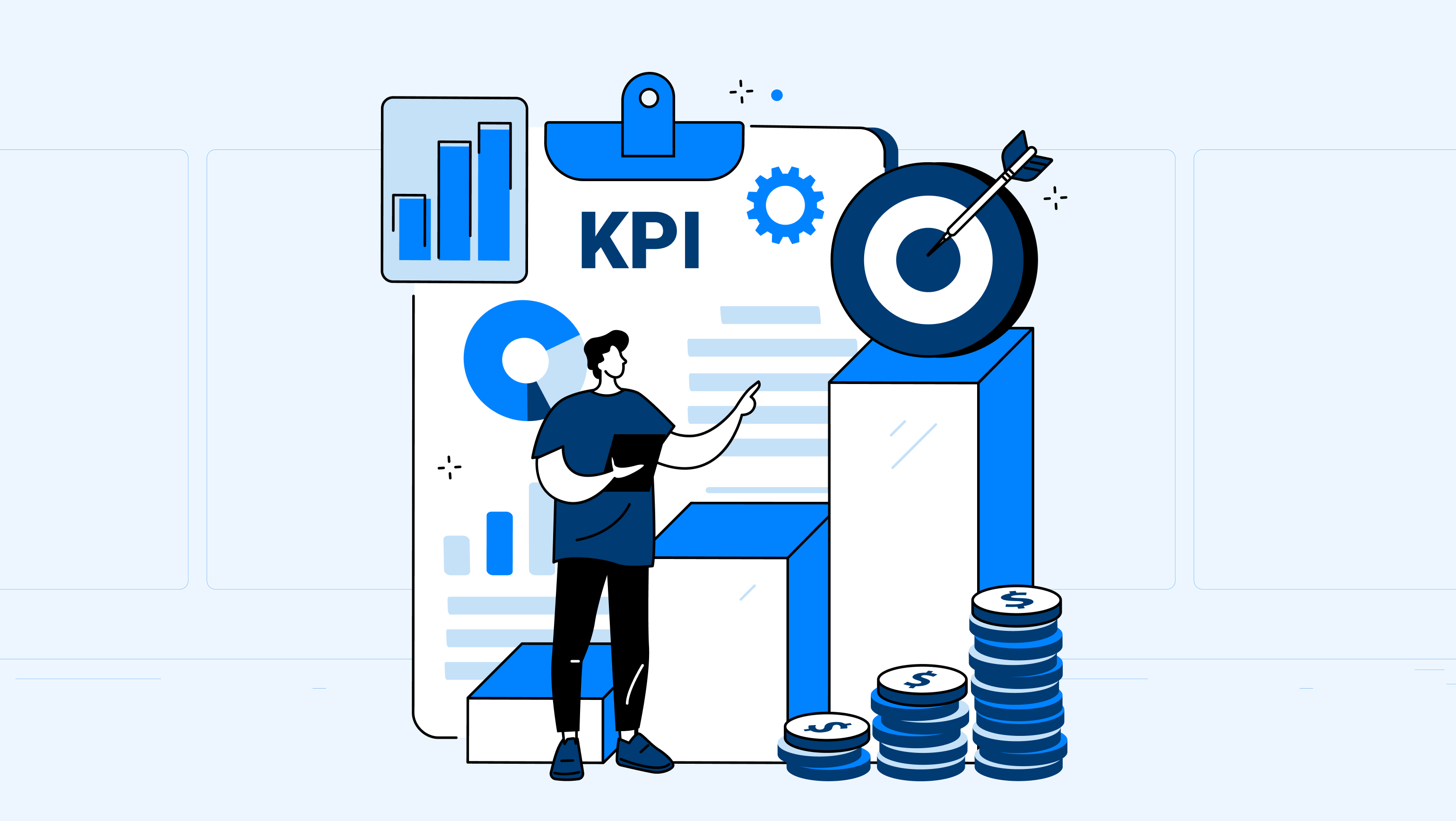How Do I Set Meaningful KPIs (Key Performance Indicators)?

Key Performance Indicators (KPIs) are essential tools that organizations use to measure progress toward strategic objectives. However, not all KPIs are equally valuable. A meaningful KPI is one that is relevant, actionable, and closely tied to business goals. Without meaningful KPIs, teams risk focusing on vanity metrics—numbers that look impressive but fail to drive real progress.
In this article, we’ll explore how to set meaningful KPIs, why they matter, and best practices to ensure they help organizations track and achieve success.
Why KPIs Matter
KPIs provide clarity. They transform abstract goals such as “increase customer satisfaction” into measurable outcomes like “achieve a customer satisfaction score (CSAT) of 90% or above.” By setting KPIs, leaders create a framework for accountability and improvement. They allow organizations to track whether strategies are working, highlight problem areas, and drive continuous improvement.
Without KPIs, decision-making becomes reactive. Teams might celebrate growth in revenue without noticing that customer churn is also rising. Meaningful KPIs prevent blind spots and align the organization’s focus.
Steps to Setting Meaningful KPIs
1. Start with Strategic Objectives
KPIs must be aligned with organizational goals. Ask: What are we trying to achieve? For example:
-
Strategic goal: Expand into new markets.
-
KPI: Percentage of revenue generated from international customers.
2. Understand What Matters Most
Not every number is worth measuring. Identify the drivers of success. If customer loyalty drives profitability, then Net Promoter Score (NPS) or repeat purchase rate may be more important than one-time sales.
3. Make KPIs Specific and Measurable
Vague goals like “improve efficiency” won’t help. Instead:
-
KPI: Reduce average customer support response time from 24 hours to 4 hours within six months.
4. Ensure KPIs Are Achievable
Overly ambitious KPIs demoralize teams. If industry benchmarks show typical sales growth of 5% annually, a 50% target is unrealistic.
5. Focus on Actionable Indicators
KPIs should track factors within the team’s influence. For instance, customer acquisition cost (CAC) is actionable—teams can adjust marketing spend or targeting to impact it.
6. Limit the Number of KPIs
Tracking too many metrics dilutes focus. Choose a few KPIs that truly matter. Typically, 3–5 per department is ideal.
7. Review and Adjust Regularly
Business environments change. A KPI that was meaningful last year may be irrelevant today. Conduct quarterly reviews to ensure KPIs remain aligned with goals.
Examples of Meaningful KPIs
-
Sales Team: Monthly recurring revenue (MRR), lead-to-customer conversion rate.
-
Marketing Team: Cost per acquisition (CPA), return on ad spend (ROAS).
-
Customer Success: Customer satisfaction score (CSAT), churn rate.
-
Operations: Cycle time, inventory turnover ratio.
Common Pitfalls to Avoid
-
Focusing on Vanity Metrics
Social media “likes” may look good but may not correlate with sales. -
Setting Too Many KPIs
This creates confusion and lack of prioritization. -
Choosing Metrics That Don’t Drive Action
Tracking the number of meetings held per week rarely correlates to business success.
Conclusion
Meaningful KPIs transform strategy into measurable action. They must be aligned with objectives, actionable, specific, and regularly reviewed. When chosen carefully, KPIs empower organizations to stay focused on what truly matters and make data-driven decisions that propel growth.
- Arts
- Business
- Computers
- Jocuri
- Health
- Home
- Kids and Teens
- Money
- News
- Recreation
- Reference
- Regional
- Science
- Shopping
- Society
- Sports
- Бизнес
- Деньги
- Дом
- Досуг
- Здоровье
- Игры
- Искусство
- Источники информации
- Компьютеры
- Наука
- Новости и СМИ
- Общество
- Покупки
- Спорт
- Страны и регионы
- World


